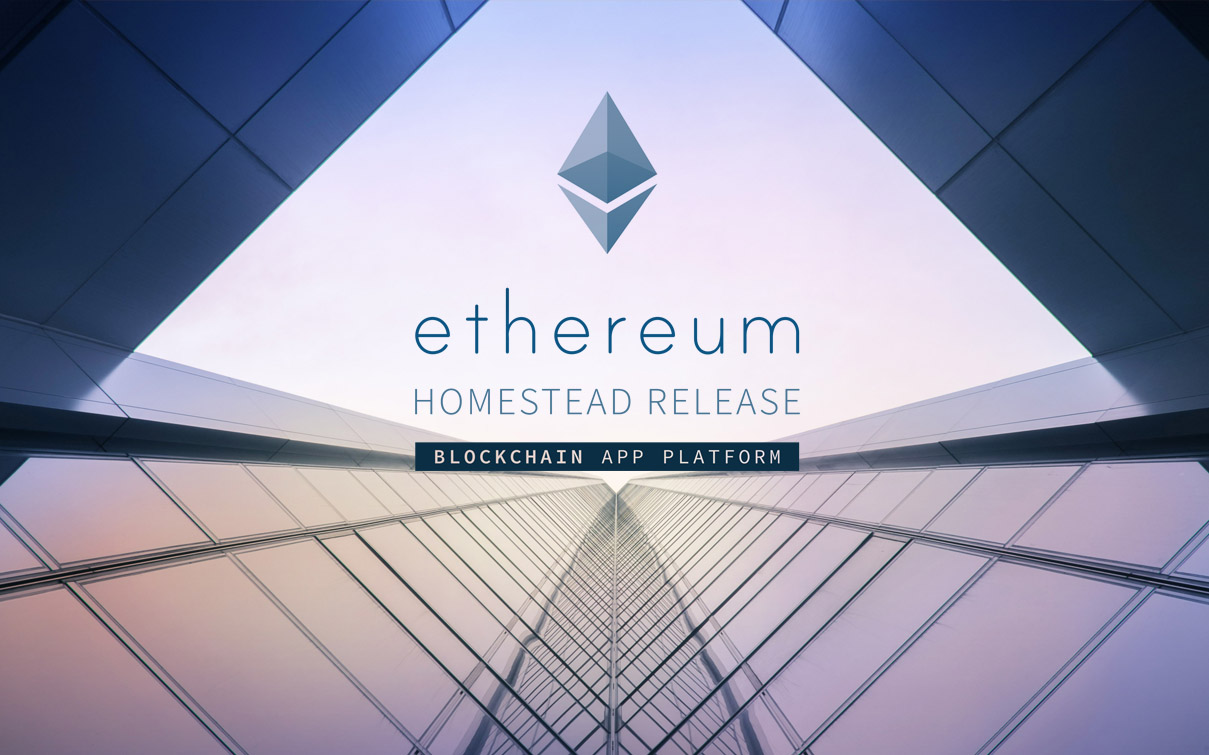 NEWS
NEWS
 NEWS
NEWS
 NEWS
NEWS
J.P. Morgan Chase & Co. is building its own private blockchain-based transactions platform using the code behind the Ethereum network.
Called Quorum, the platform would allow the bank to use a publicly available system for confidential transactions, including the ability to limit access to transactions across a network to only those people who need to know the details of the actual transaction, such as those involved in the transaction itself, or even regulators.
The platform is said to be aimed at solving some of banks’ most intractable problems by replacing its current disparate range of databases with one single record of all their transactions, that would also, in theory improve settlement times and system maintenance.
“We have people building the most stress-tested financial systems in the world,” program lead for J.P. Morgan Quorum Project Lead Amber Baldet told The Wall Street Journal. “Bringing that enterprise expertise [to blockchain] is one of our strengths.”
The decision to build the platform on top of the Ethereum blockchain system is said to be a vote of confidence in the system, particularly after the hack of the Ethereum DAO that resulted in a loss of $55 million and a subsequent hard fork of the code to fix the exploit that allowed the hack to occur.
Ethereum offers a decentralized platform that runs smart contracts exactly as programmed without any chance of fraud, censorship or third-party interference. The code enables developers to create markets, store registries of debts or promises, move funds in accordance with instructions given long in the past (like a will or a futures contract) and more without the requirement for a middle man or counterparty risk.
While not yet surpassing the better-known bitcoin for popularity, the code behind Ethereum itself has become highly popular with even the likes of Microsoft Corp. now offering it as a service. J.P. Morgan’s Quorum is said to be in the development stage currently and will see further iterations based on the feedback of participants and industry stakeholders as it continues to be built and tested.
THANK YOU